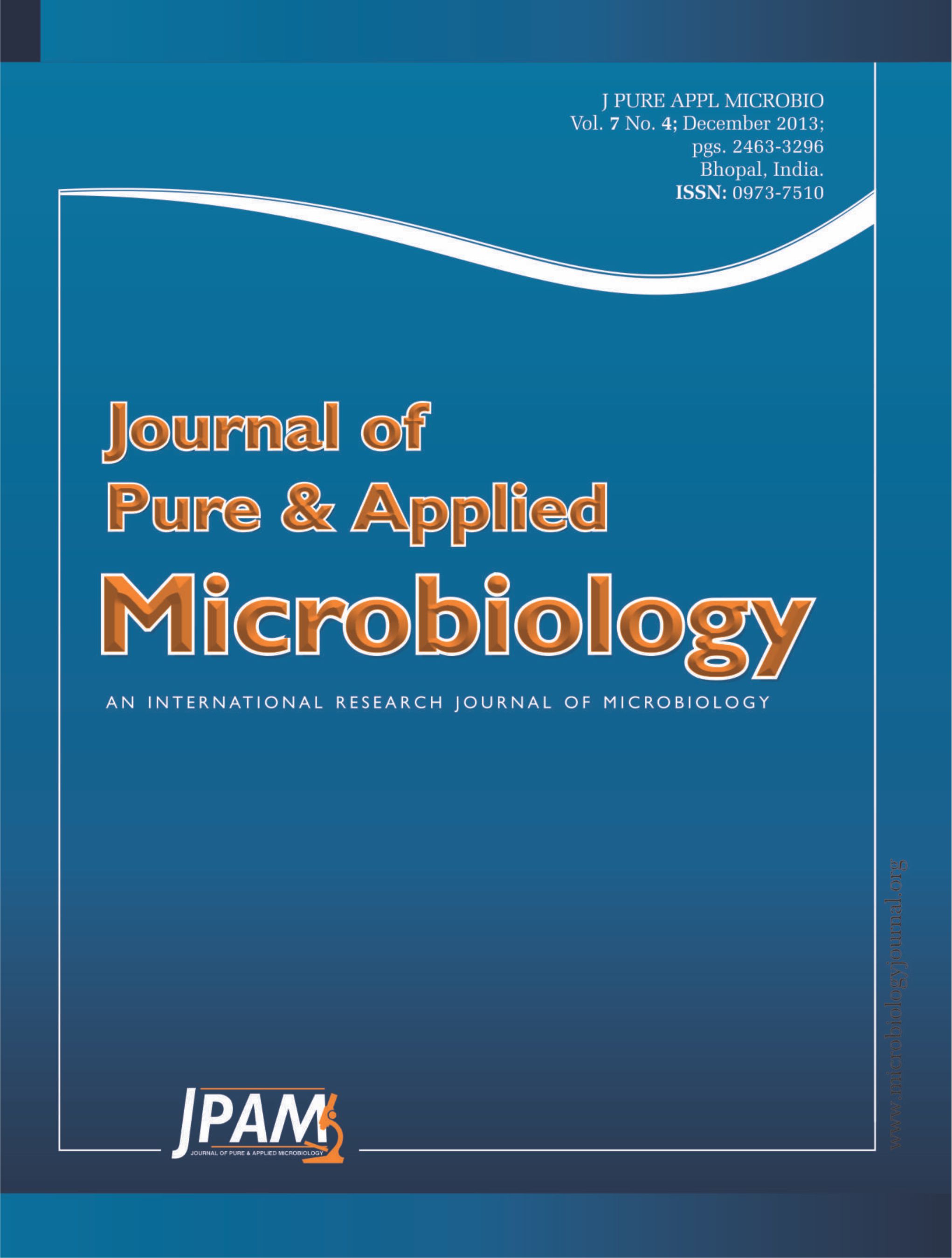Streptokinase (SK), is a plasminogen (PG) activator by forming a complex with PG that activates other PG molecule to form plasmin (Pm). In SK from group C streptococci (SKC), the generated Pm immediately inactivates it by cleaving at two major sites, Lys59 and Lys386. The present work is aimed to study whether both residues that are conserved in streptokinase of group A streptococci (SKA), were primary sites for Pm cleavage. Site-directed mutagenesis was performed to change both Lys residues to Gln to obtain a mutant SKA (SKA2). The stability of both SKAs was investigated by Western blot analysis in the presence of PG. The radial caseinolysis and chromogenic assays were performed to evaluate whether the substitutions affected the activity and the kinetic parameters. Our results demonstrated for the first time that the SKA2 was more stable than SKA to Pm cleavage at both Lys residues. The substitutions did not affect the binding affinity to PG, but increased the activity, the catalytic rate, and the catalytic efficiency for PG activation to some extent. This study shows that the processing of Lys59 and Lys386 by Pm is an important event in SKA instability against Pm.
Streptokinase, Group A streptoccci, Lys59, Lys386, Pm cleavage
© The Author(s) 2013. Open Access. This article is distributed under the terms of the Creative Commons Attribution 4.0 International License which permits unrestricted use, sharing, distribution, and reproduction in any medium, provided you give appropriate credit to the original author(s) and the source, provide a link to the Creative Commons license, and indicate if changes were made.


